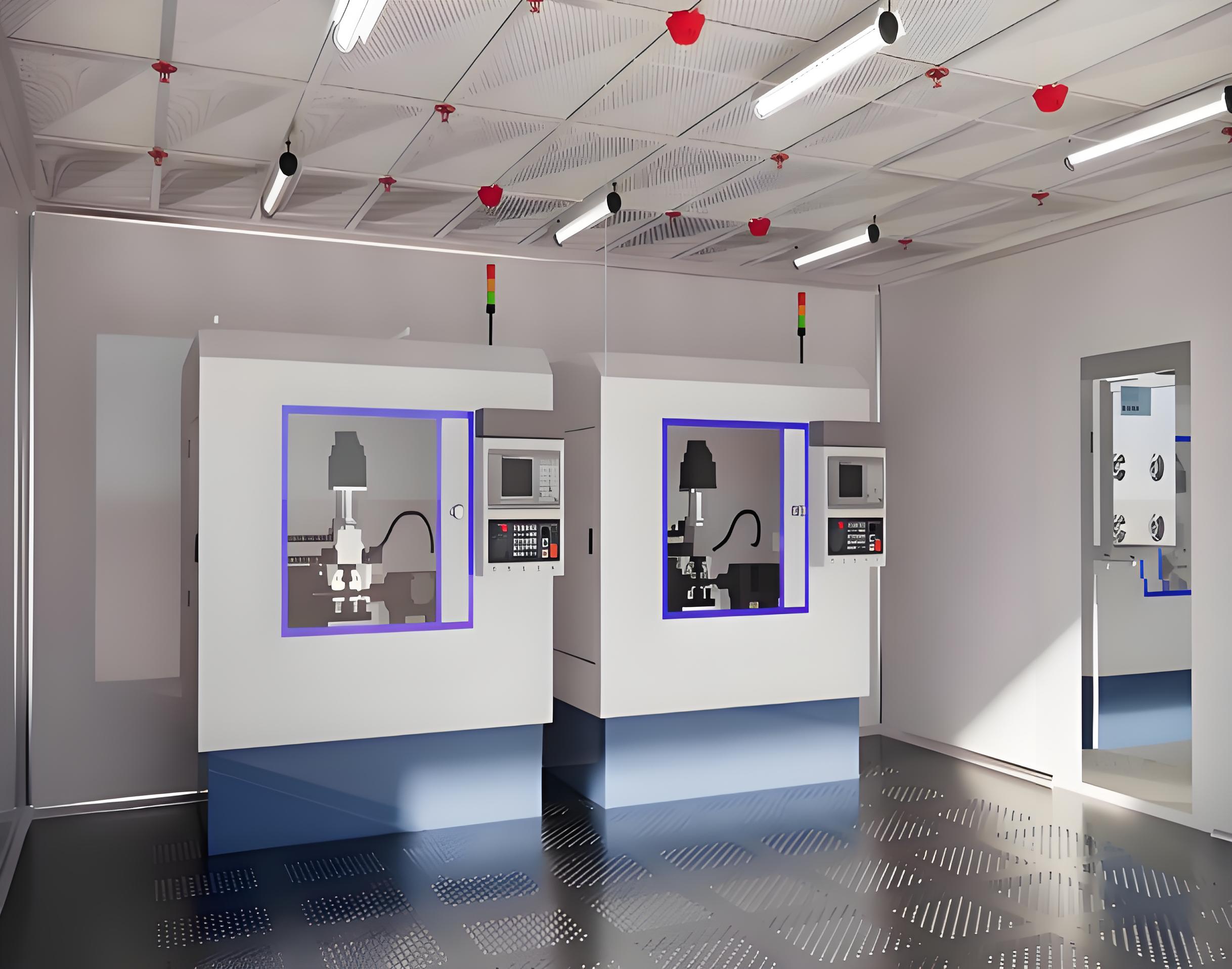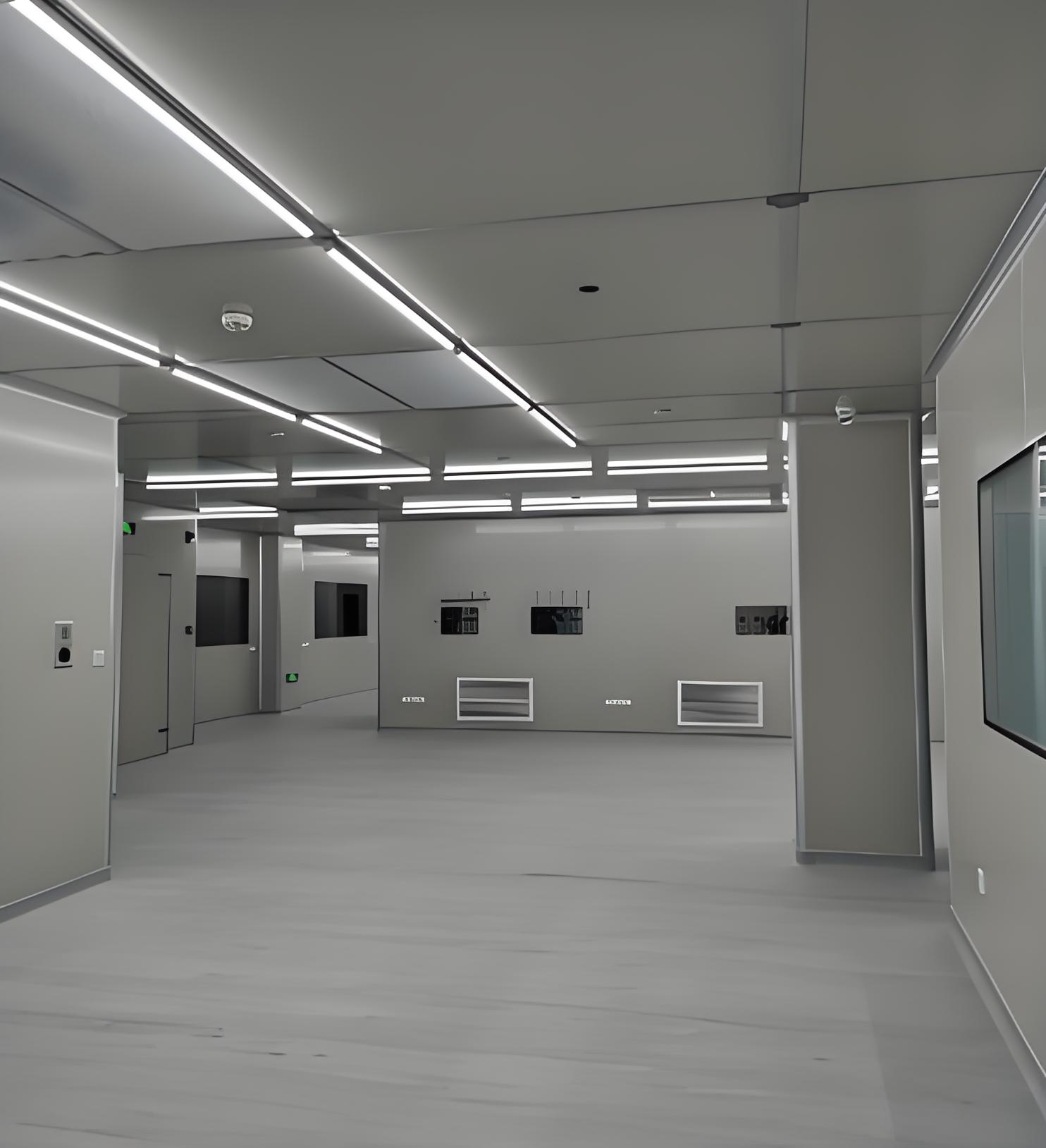




In today's competitive manufacturing landscape, particularly in sectors like pharmaceuticals, medical devices, biotechnology, and high-end nutrition, product safety is paramount. The final barrier between a sterile, high-purity product and potential contamination is its packaging. This makes the Packaging Purification Project one of the most critical undertakings for any company where cleanliness directly impacts consumer safety and regulatory compliance. A successful project is not merely about installing four walls; it's a holistic integration of engineering precision, architectural integrity, and rigorous validation protocols. This article explores the core components that define a modern, efficient, and compliant packaging cleanroom environment.

At its heart, a Packaging Purification Project is a specialized branch of Packaging Cleanroom Engineering. This discipline focuses on designing and constructing an environment where environmental parameters like particulate count, temperature, humidity, and pressure are strictly controlled. The goal is to minimize the introduction, generation, and retention of contaminants during the critical final step of packaging operations. Effective engineering balances operational workflow, personnel comfort, and energy efficiency while adhering to stringent international standards such as ISO 14644-1. It involves meticulous space planning, material flow analysis (for both clean and dirty materials), and the integration of complex mechanical systems, all tailored to the specific ISO Class required for the application.
The philosophy behind Sanitary Packaging Room Design and Construction moves beyond traditional building methods. It requires a mindset where every joint, corner, and material is selected for its cleanability and inability to harbor contaminants. The design phase must address:
Workflow Optimization: Creating a logical, unidirectional flow for personnel, materials, and finished products to prevent cross-contamination. This often involves airlocks, gowning rooms, and pass-through chambers.
Material Selection: Choosing non-porous, non-shedding, and chemically resistant surfaces that can withstand repeated cleaning with harsh disinfectants.
Ergonomics and Functionality: Ensuring the room layout supports efficient operation without compromising cleanliness during activities like labeling, cartoning, and sealing.
The construction phase must be managed by teams experienced in these protocols to ensure the design intent is perfectly executed without introducing build-quality issues that could later become contamination risks.
Undoubtedly, the Packaging Room HVAC System is the central nervous system of any Packaging Purification Project. Its performance dictates the entire environment's classification and stability. Key functions include:
Filtration: Utilizing a series of filters, culminating with High-Efficiency Particulate Air (HEPA) or Ultra-Low Penetration Air (ULPA) filters at the terminal end, to remove airborne particles down to specified micron sizes.
Temperature and Humidity Control: Maintaining strict tolerances for product stability and operator comfort.
Air Exchange Rates: Constantly supplying a large volume of filtered air to flush out internally generated particles and dilute any potential contaminants.
The HVAC system is the largest energy consumer in a cleanroom, so its design must be optimized for efficiency without compromising on performance, a core tenet of sustainable Packaging Cleanroom Engineering.
To mitigate risk, ensure single-point accountability, and streamline the entire process, many companies opt for a Cleanroom Turnkey Project. This approach involves engaging a single vendor or consortium to handle everything from initial concept design and engineering to procurement, construction, commissioning, and final handover of a fully operational facility. The benefits are significant:
Reduced Timeline: Parallel processing of design, fabrication, and site preparation accelerates project completion.
Cost Certainty: A fixed-scope contract minimizes the potential for unexpected costs and change orders.
Seamless Integration: A single team ensures all components—from the walls to the HVAC to the controls—are designed to work in perfect harmony from the start.
For a complex Packaging Purification Project, the turnkey model provides a streamlined path to a successful outcome.
Room Pressurization is a fundamental control strategy used to protect the critical packaging environment. By engineering a cascade of air pressure from cleaner areas to less clean areas, it ensures that any airflow is outward, preventing unfiltered air from ingress. For instance, the core ISO 7 packaging room will be maintained at a higher pressure than the ISO 8 gowning room, which in turn is higher than the unclassified corridor. This positive pressure cascade acts as an invisible shield, containing particles within less clean areas and safeguarding the product. Sophisticated building management systems (BMS) constantly monitor and control pressure differentials, automatically adjusting supply or exhaust air to maintain this critical balance.

The surfaces that define the space are just as important as the air within it. Hygienic Wall and Ceiling Systems form the primary, cleanable envelope of the packaging room. These are not standard drywall and drop-ceiling tiles. They are specialized panel systems designed with cleanliness as the primary driver. Key features include:
Seamless and Coved Transitions: Panels are often joined with minimal seams using sanitary seals. Where walls meet floors and ceilings, coving (curved transitions) is used to eliminate sharp 90-degree angles where dirt can accumulate and to facilitate easy cleaning.
Durable Materials: Common materials include fiberglass-reinforced plastic (FRP), coated steel, and high-performance composite panels. They are impact-resistant, non-absorbent, and incapable of shedding particles.
Smooth, Non-Porous Finishes: Glossy, non-porous surfaces prevent microbial adhesion and allow for complete wipe-down with cleaning agents.
Selecting the right system is a crucial decision in the Sanitary Packaging Room Design and Construction phase, impacting long-term maintenance costs and contamination control.
The final, and absolutely essential, phase of any Packaging Purification Project is Commissioning & Qualification (C&Q). This is the rigorous process of documenting and providing evidence that every component and the entire integrated system performs exactly as intended and meets all regulatory requirements.
Commissioning: Focuses on verifying that all physical and mechanical systems are installed correctly and function according to the design specifications. This includes testing and balancing the HVAC system, verifying control system logic, and ensuring utilities are properly connected.
Qualification: Comprises a series of structured protocol-driven tests: Installation Qualification (IQ) confirms everything is installed correctly; Operational Qualification (OQ) proves systems operate as specified under all expected conditions; and Performance Qualification (PQ) demonstrates that the entire room consistently maintains the required environmental conditions while operating with personnel and equipment simulating live production.
No project is complete without comprehensive C&Q, as it provides the documented evidence required for regulatory approval and provides confidence in the facility's performance.
A successful Packaging Purification Project is a symphony of interconnected disciplines. It requires the strategic vision of Sanitary Packaging Room Design and Construction, the technical mastery of Packaging Cleanroom Engineering and the Packaging Room HVAC System, the structural integrity of Hygienic Wall and Ceiling Systems, the precise control of Room Pressurization, and the verified assurance of Commissioning & Qualification (C&Q). Whether managed piecemeal or as a streamlined Cleanroom Turnkey Project, understanding these core elements is the first step toward achieving a packaging environment that guarantees product integrity, protects your brand, and ensures regulatory compliance. Investing in a well-executed project is an investment in quality, safety, and ultimately, the trust of your customers.

